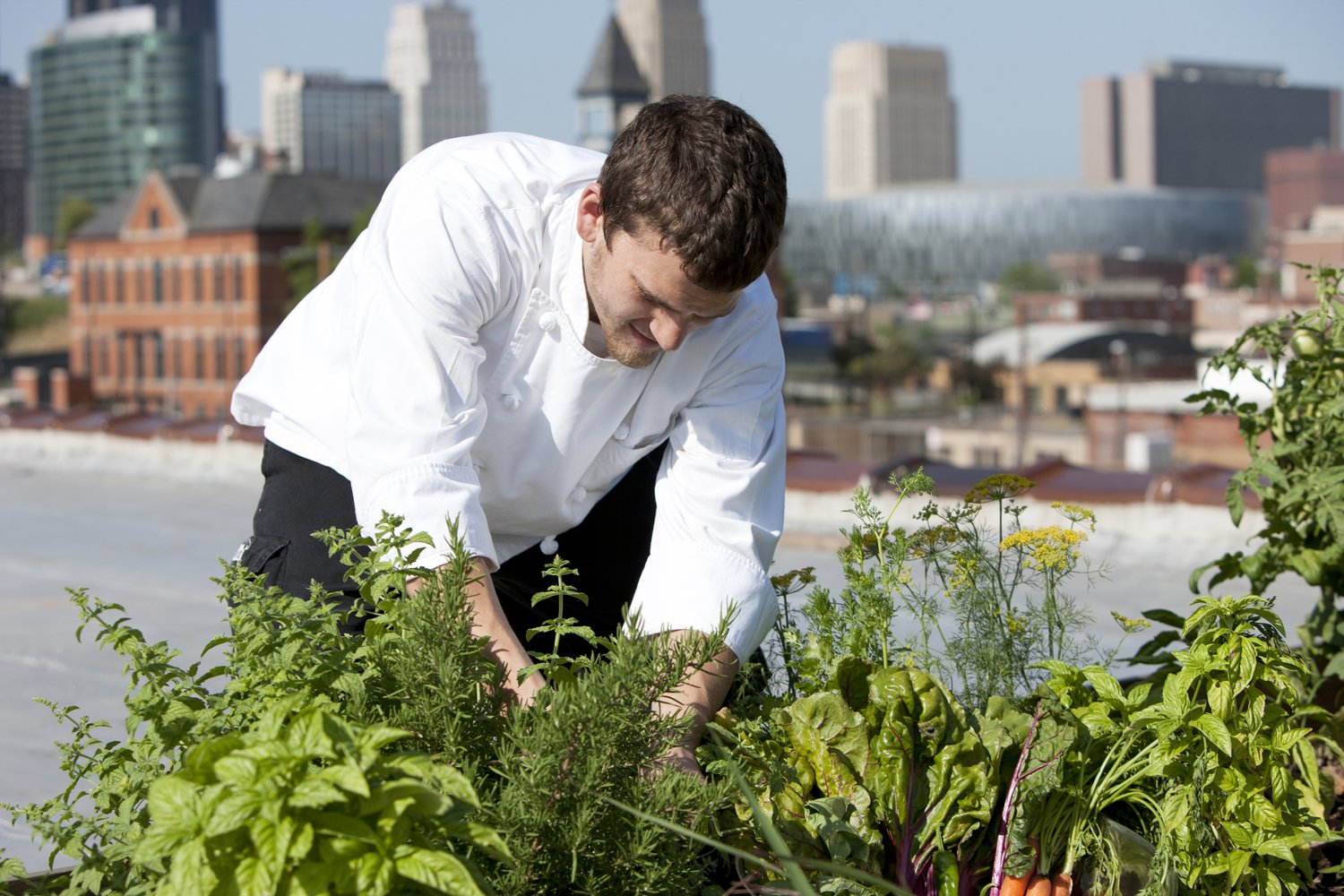Our City Blooming Ideas
A Biased View of City Blooming
Table of ContentsCity Blooming Can Be Fun For AnyoneHow City Blooming can Save You Time, Stress, and Money.How City Blooming can Save You Time, Stress, and Money.The Best Strategy To Use For City BloomingGetting The City Blooming To Work
Interested in growing food for sale in the City of Chicago? Below is a list of often asked concerns relating to the guidelines and laws that growers must consider when planning a metropolitan farming project.
The zoning amendment does not modify any other codes taking care of composting, building permits, buying or renting City owned property, company licenses or environmental contamination. There are existing codes that manage these problems and they remain completely effect and might be applicable to your project. Area yards are normally owned or managed by public entities, civic organizations or community-based organizations and maintained by volunteers.
Urban farms expand food that is planned to be marketed, either on a nonprofit or for-profit basis. Due to their business function, urban ranches call for a business permit.
Some Known Questions About City Blooming.
The amount of compost material can not exceed 25 cubic backyards at any type of given time according to the standards in 7-28-715 of the City's Municipal Code. Due to the fact that the dirt at a lot of new yard websites needs changing, garden compost, dirt, timber chips, or other materials can be gotten to build or boost the expanding room.

If a structure license is called for after that the hoophouse will be taken into consideration an accessory building. You can figure out more about the building license demands by speaking to the Division of Structures. The 25,000-square-foot size restriction is intended to prevent a single area garden from controling a given block or interfering with the block's existing residential or industrial personality.
The limitation does not use to gardens found in Public Open Room (POS) districts. Can there be more than one area yard that is 25,000 square feet on a single block? Fencing is not called for, nevertheless, yards that have big car parking areas may be called for to mount secure fencing or various other landscape design features.
The Ultimate Guide To City Blooming
B1 & B2 districts need that all industrial use tasks be conducted indoors. R districts restrict commercial task. The laws show the function and intent of the Zoning Code. Is fencing required for city farms? Yes. Fencings might be needed, in addition to landscape design and screening, for sure car parking areas and exterior work or storage locations depending on area and the specific task happening.
Yes. Urban ranches need building permits and zoning approvals before building and construction. Various other types of city evaluation may be required relying on particular structures, tasks, dimension, landscaping, licensing, public health and stormwater administration issues. Most of these needs are recognized in the job style or permitting procedure, however, the applicant might be accountable to independently recognize certain licenses or permits that might be needed.
Yes. The kind of certificate is determined by what is taking place at the website. The Division of Business Matters and Consumer Security can aid figure out the particular sort of service permit that's called for. Yes. Off street vehicle parking is needed for many industrial projects in Chicago. The needed variety of car park spaces is based on the number of staff members working with site and not the square video of the expanding space.
The Main Principles Of City Blooming

An urban ranch can offer garden compost material produced on website, nonetheless, the operation should conform with the policies in 7-28-715 of the Chicago Municipal Code. Aquaponic systems are allowed indoors on city ranches in lots of zoning districts.
Up to 5 hives or nests of honey might be maintained as an accessory use. Nevertheless, beekeepers should register with the Illinois Division of Farming. For more details concerning the proposed zoning change you might get in touch with the Division of Housing and Economic Advancement, Bureau of Planning and Zoning at 312.744.8563.
Farming in cities and urban locations A metropolitan ranch in Chicago. Urban agriculture describes different techniques of growing. https://cityblooming.edublogs.org/2024/06/27/city-gardening-transforming-urban-spaces/, processing, and distributing food in urban areas. The term additionally uses to the location tasks of pet husbandry, aquaculture, beekeeping, and gardening in an urban context. Urban agriculture is distinguished from peri-urban agriculture, which takes area in country locations beside residential areas.
Not known Facts About City Blooming
, that seek to create social networks established on a common ethos of nature and area holism. These networks can establish by means of formal institutional assistance, ending up being incorporated into neighborhood community preparation as a "shift town" motion for lasting urban development.
The more straight accessibility to fresh veggie, fruit, and meat items that might be realised through metropolitan agriculture can improve food security and food security while lowering food miles, bring about reduced greenhouse gas emissions, consequently adding to environment change reduction. Some of the very first proof of city agriculture originates from Mesopotamia.